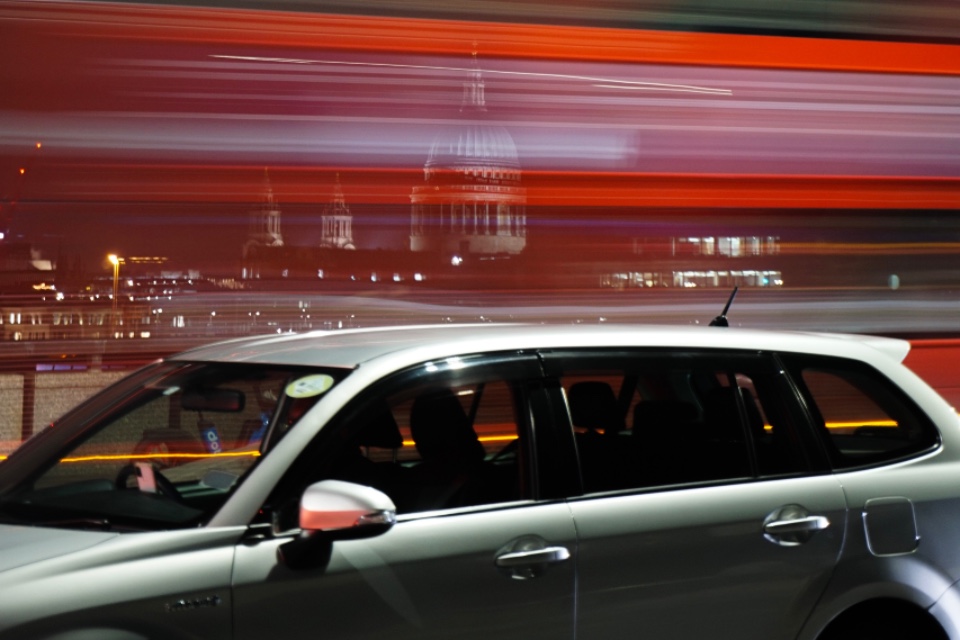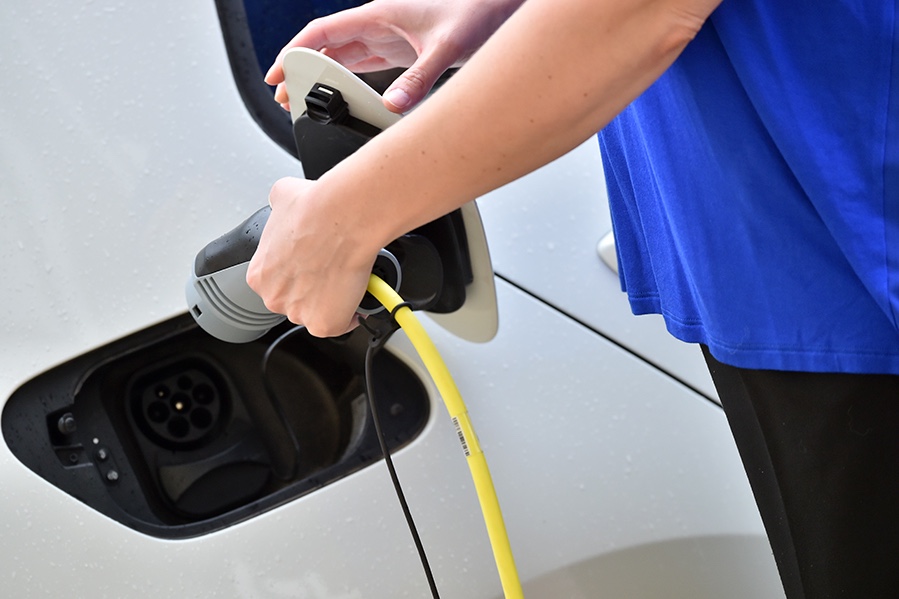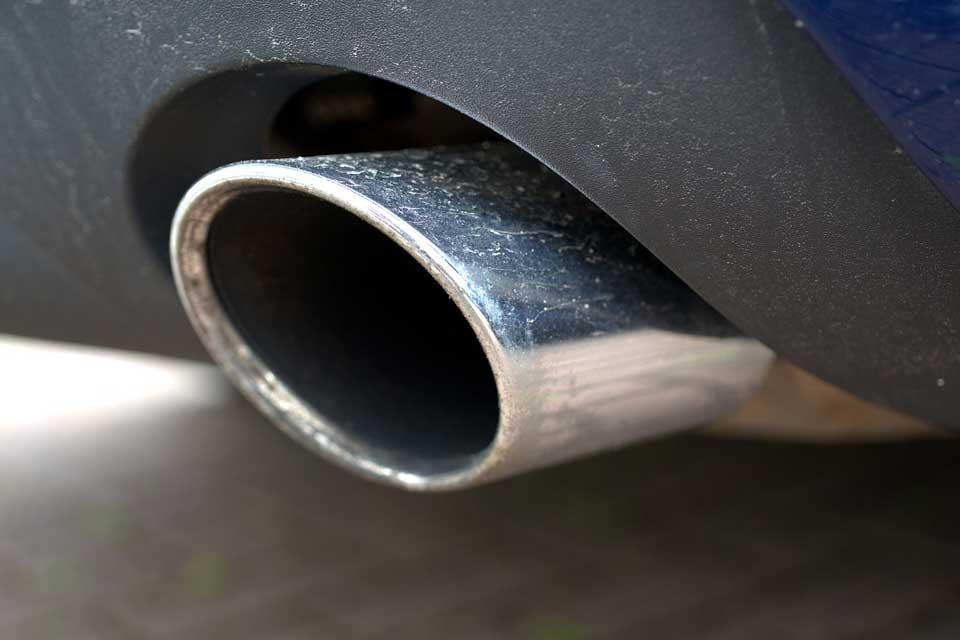Are Electric SUVs a viable alternative to diesel and electric vans?

New analysis from Arval suggests Electric SUVs (eSUVs) are being chosen by some fleets as an alternative to diesel and electric vans. The mobility specialist says that as long as the space, payload and towing capacity offered by eSUVs is adequate, they can bring a wide range of advantages over their electric van (e-van) counterparts. […]
EVs attracting drivers back to company car schemes

Employees who have previously taken cash options are returning to company car schemes in “noticeable” numbers thanks to electric vehicles (EVs), reports Arval UK. Shaun Sadlier, head of consulting at Arval UK, said this was something that was predicted when the latest zero and low benefit-in-kind rates for EVs were unveiled in 2019, but is now […]
Almost half of Arval staff already go electric through “rewired” company car scheme

Almost half of the more than 200 Arval staff who qualify for a company car have already switched to an electric vehicle (EV) since the launch of a new scheme in May. The rethink is aimed at speeding up fleet electrification in order to reduce emissions, to showcase best practice and to educate drivers about […]
Contract hire expected to ‘leap’ for company vehicles

A leap may be about to occur in the use of operational leasing as a means of acquiring company cars and vans, according to new research from Arval Mobility Observatory. When asked whether they intended to introduce or increase use of operational leasing, also known as contract hire, in the next three years, more than a […]
Clean Air Zones to impact 40% of businesses, research shows

More than four out of 10 businesses (43%) believe they will be affected by the introduction of Clean Air Zones (CAZ) across the UK and the Ultra-Low Emissions Zone (ULEZ) in London, The findings stem from the 2020 Arval Mobility Observatory, which gains insights into fleet and mobility trends across the UK and Europe through […]
Fleet managers reveal their major future challenges

Road infrastructure, Clean Air Zones and the adoption of alternative fuels top the list of challenges faced by UK fleet and mobility managers over the next five years, according to authoritative new research. The findings come from Arval Mobility Observatory, which gains insight from businesses through a wide ranging set of questions designed to uncover […]
‘The Journey Goes On’ launched to support fleet emergence from lockdown

An initiative called ‘The Journey Goes On‘ has been launched by Arval to support customers in its eight largest territories – France, Italy, UK, Spain, Germany, Netherlands, Poland and Belgium. It sets out to provide a range of safe, sustainable and cost-effective mobility solutions as businesses emerge from lockdown. Alain van Groenendael, Group Chairman and CEO […]
What coming out of lockdown means for electrification in fleets

By Shaun Sadlier, Head of Consultancy, Arval UK The moment before lockdown perhaps now seems like a long time ago but, if you cast your mind back to early March, there was much excited talk about the prospects for electric vehicles on UK fleets. Chancellor Rishi Sunak had just announced a three-pronged commitment from the government […]
Most wanted fleet ADAS devices revealed

Collision avoidance and emergency braking head the list of advanced driver assistance (ADAS) systems desired by fleet and mobility managers on company cars. That’s according to new research from Arval, which reveals 49% ranked collision avoidance or warning systems in top place, followed by automatic emergency or braking systems (46%), pedestrian detection systems (38%), lane departure warning systems […]
Third of fleets impacted by Clean Air Zones

More than one-third of fleets (35%) expect to be impacted by the introduction of Clean Air Zones and the London Ultra Low Emissions Zone. In response, fleet and mobility managers questioned envisage a range of actions – 20% plan to replace their current vehicles with those that meet the standards of each zone, 13% to […]


